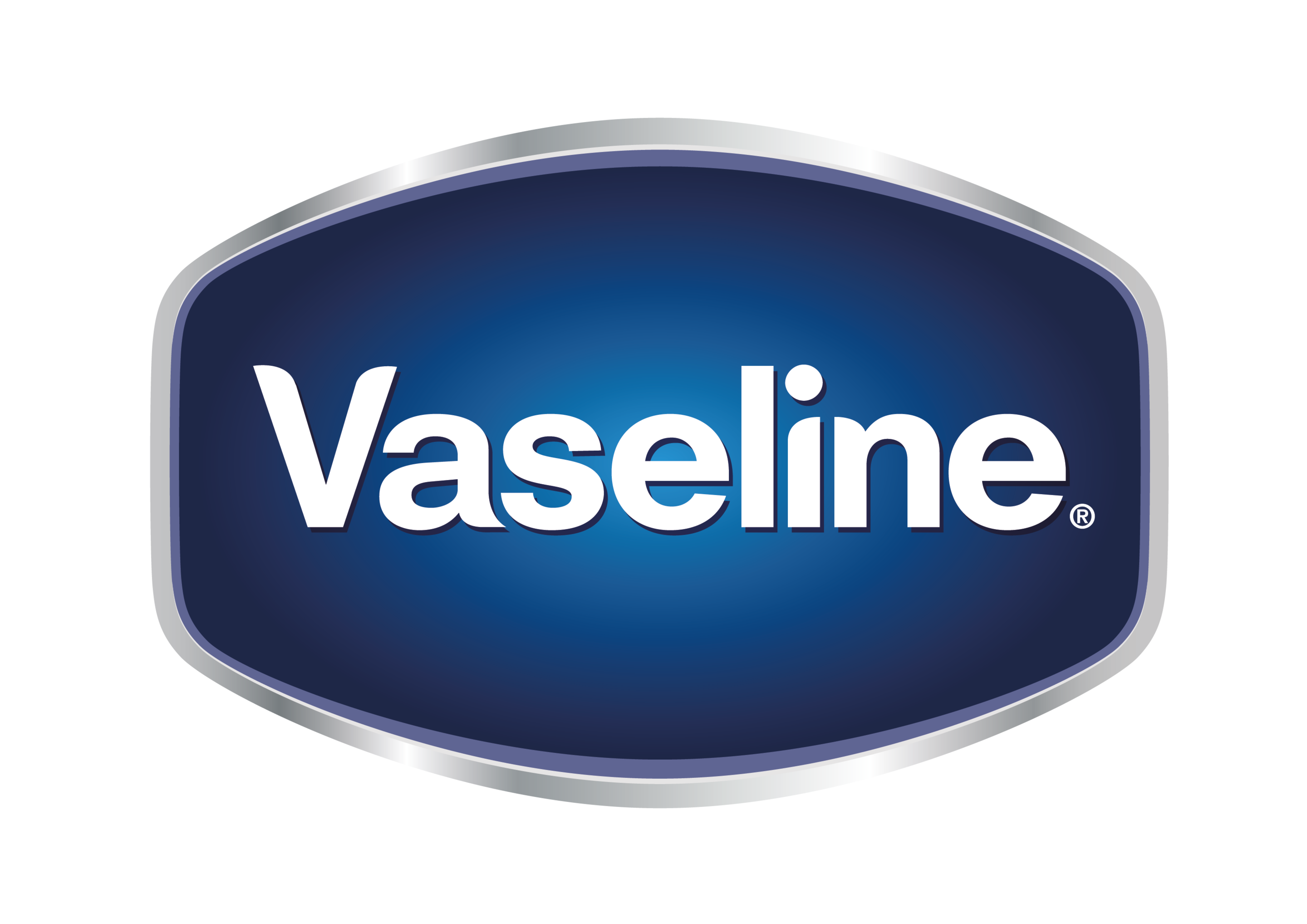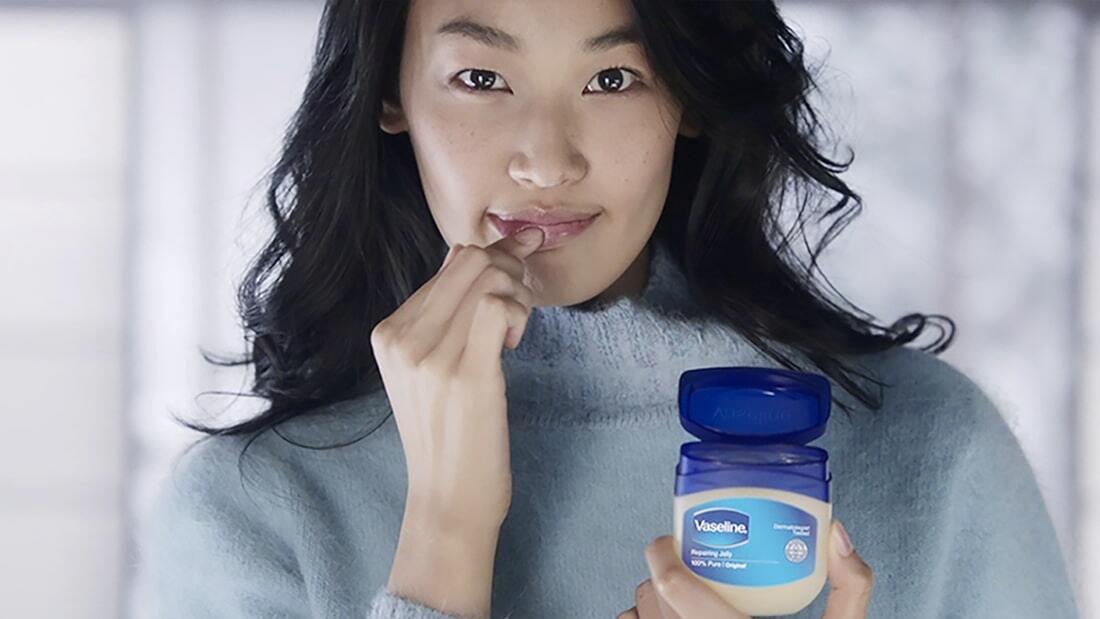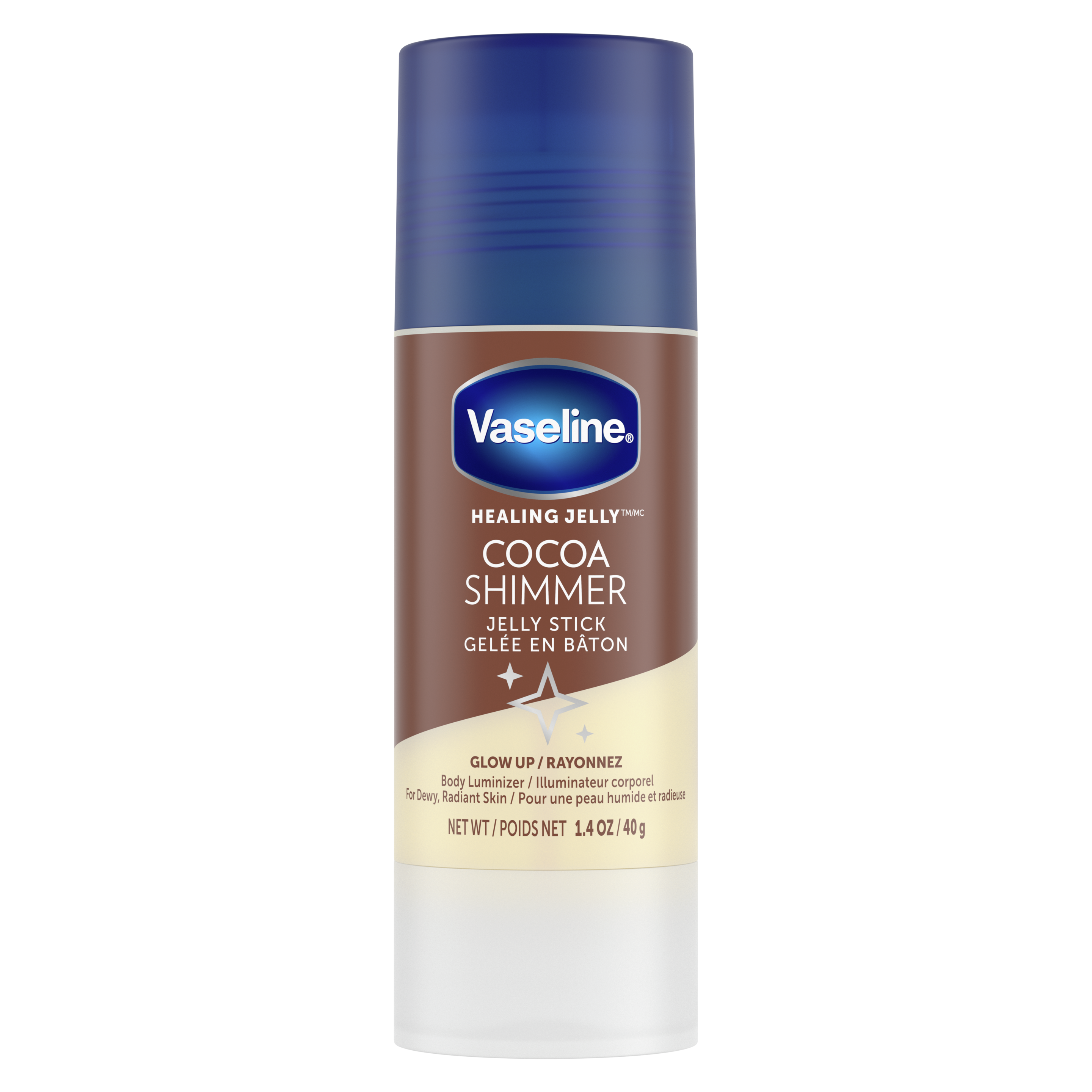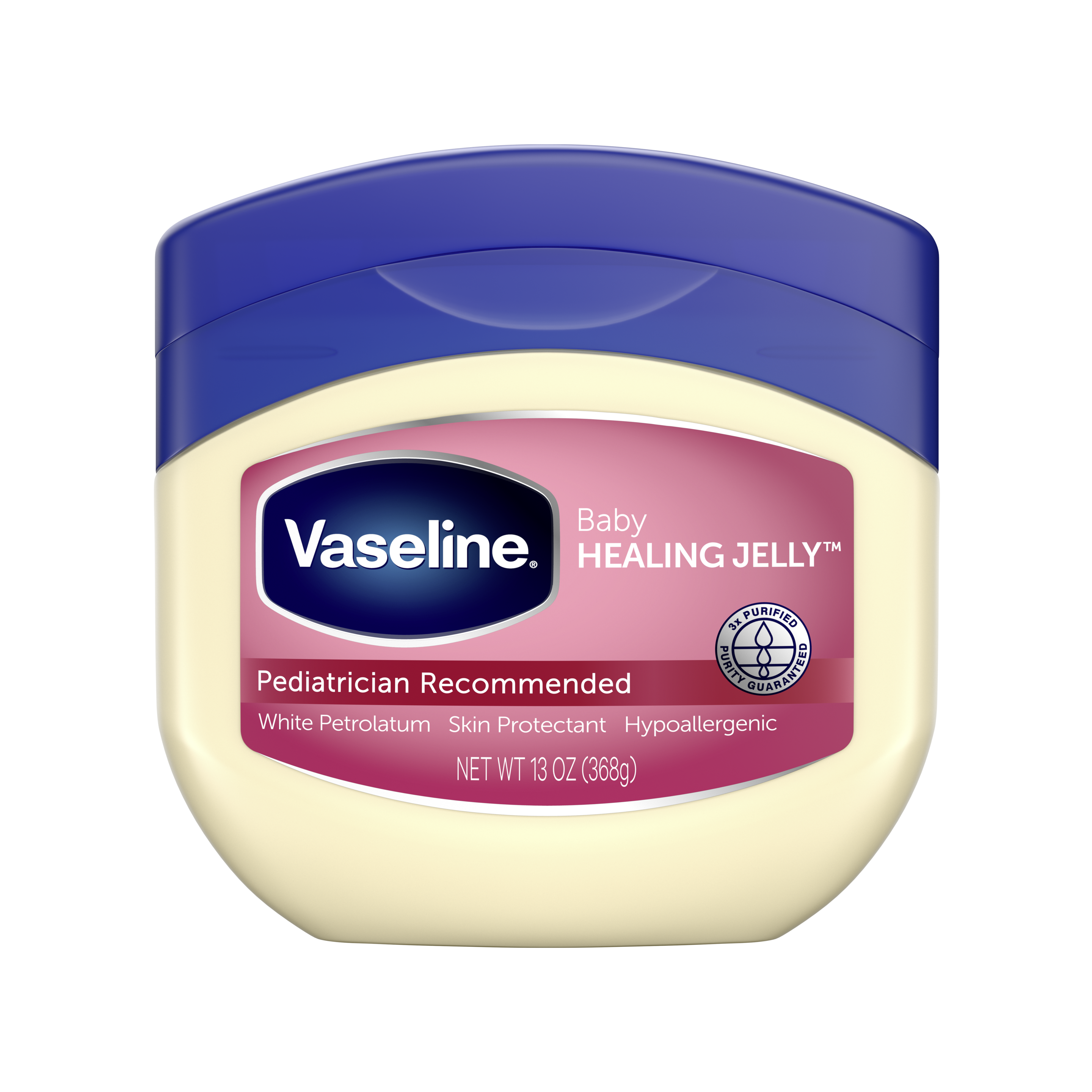Skip to content
Mistakes happen but, luckily, that’s why laser tattoo removal exists! And we have all you need to know about laser tattoo removal aftercare right here.
This article will cover the following:
- How does laser tattoo removal work?
- How does the skin look after laser tattoo removal?
- Post-tattoo removal healing care
- FAQs
How does laser tattoo removal work?
Laser tattoo removal is considered by many experts to be a safe and effective method of removing unwanted skin art when performed by a trained dermatologist who specializes in tattoo removal.
Lasers (and the energy they produce) are used to break up the pigment colors in your tattoo ink, which are then removed by your body. This leads to the gradual lightening of the tattoo, with most people typically needing 7–10 treatments for complete removal.
What happens in a laser tattoo removal procedure?
Before you make your booking, do your homework to find a trained dermatologist who specializes in tattoo removal. The laser is only as effective as the person wielding it, and inexperienced or unqualified practitioners can cause scarring and damage to your skin.
At your consultation, they will assess your skin, the tattoo and your medical history to determine the right treatment for your needs.
At the laser session:
The area will be cleansed thoroughly before treatment and a local anesthetic cream may be used, depending on your pain threshold and the size of the treatment area. This is an uncomfortable process likened to the sensation of having an elastic band snapping against your skin. Some feel it more than others.
You’ll don some special eye-protective goggles, and the laser gets to work for around 10 to 30 minutes per session.
The number and length of your treatments will depend on the size of your tattoo but, with each treatment, you should notice your tattoo becoming lighter.
Does tattoo removal leave scars?
Laser tattoo removal is not without risk and there is a chance of permanent scarring, but having a tattoo removed surgically is much more likely to leave a mark. There is also a risk of infection when undergoing tattoo removal.
You should also be aware that:
- your skin color and how deep the tattoo pigment penetrates your skin will influence the technique used for removal and how many sessions you will need
- your tattoo may not be removed completely (some colors are simply harder to remove than others). Black ink has the best result
- you could also be left with hypopigmentation, meaning the surrounding skin is left lighter than the rest of your skin
- you can’t have this procedure while pregnant, and if you have a skin disorder, such as eczema, you may need to be assessed to ensure you are a suitable candidate
How does the skin look after laser tattoo removal?
Your skin may look red post-treatment and could be both tender and swollen. To soothe this, try using a cold compress. However, redness that gets worse, plus indications of an infection such as pus, are a sign that you need to contact your doctor. They will know how to properly care for skin after laser tattoo removal.
Post-tattoo removal healing care
You’ll be given instructions on post-tattoo-removal care after the procedure. It’s important to follow them closely to ensure a healthy healing process. Here’s what to do after tattoo removal:
How long to keep the bandage on
At the procedure, you will be advised on how soon post-session this can begin, according to your individual case.
Eventually, you will need to wash the area twice a day with a gentle cleanser. After washing, you will need to re-cover the area until it’s healed, to help prevent infection.
Apply Vaseline® Jelly
Your skin may bleed slightly before it starts to scab. The American Association of Dermatology recommends using a clean cotton bud to apply a thin layer of petroleum jelly to the area (when clean), as it will keep the skin nice and moist.
Dermatologist Dr. Shari Marchbein explains the importance of occlusives like Vaseline® Jelly in skin moisturization: “Occlusives are products that create a barrier on the skin and therefore prevent water loss by sealing in hydration.” Keeping the skin moisturized after tattoo removal helps the wound- and skin-healing process.
Read next: Solving the Mystery of Dry Skin: Causes, Symptoms, and Treatment
Can I shower after tattoo removal?
For those wondering about showering after tattoo removal... the Cleveland Clinic advises that you can jump in a warm (not hot) shower the day after your session, but you should avoid scrubbing the area or soaking it.
Always follow the tattoo removal aftercare advice of your tattoo removal practitioner and don’t be scared to ask questions. Keep an eye on it while it is healing and speak to a medical professional if you have any concerns. Thinking of getting another tattoo (one you like this time!) check out Ultimate Guide to Tattoo Care in the First 48 Hours: Dos and Don'ts.
FAQs
How long after tattoo removal can you swim?
It's generally considered best to wait until the area has fully healed before hitting the swimming pool. Removery Clinic suggests avoiding hot tubs, too, to minimize the chance of infection.
How to treat skin after tattoo removal
The area that’s being treated will be more sensitive to the sun, so it’s best to avoid exposure to sunlight for at least a week. When out and about, be sure to keep the area covered up and don’t forget your SPF for at least 3 months. You should also avoid touching the area, as it could cause infection, and picking at it could increase your risk of scarring.
What should you not do after tattoo removal?
Post-tattoo removal, if you can't stay in the shade, make sure you're covered up with long sleeves and a sunhat. Leave the affected area alone and avoid submerging the area fully in water until it is healed. Tight clothing should also be avoided as it can rub against the delicate, healing skin.
These articles provide general tips and information about improving skin health. They have been written by health and beauty writers. They have not been written by health care professionals and, as such, don’t constitute medical advice. If you have a serious skin condition, please consult a medical professional.
Related PRODUCTS
- slide 1
- slide 2
- slide 3
- slide 4
- slide 5












